The Philippines is a lucrative market with a thriving cosmetic industry, with locals looking for brands that deliver high-quality, affordable products.
Brands are offering zero-waste products and skin-care-infused cosmetics to conscious shoppers, echoing the sustainable ethos of many consumers.
Let’s take a look at the latest beauty trends in the Philippines to see what consumers are interested in and gain market insights.
Table of Contents
The flourishing beauty industry in the Philippines
The Philippines’ next-generation beauty trends
Action points
The flourishing beauty industry in the Philippines
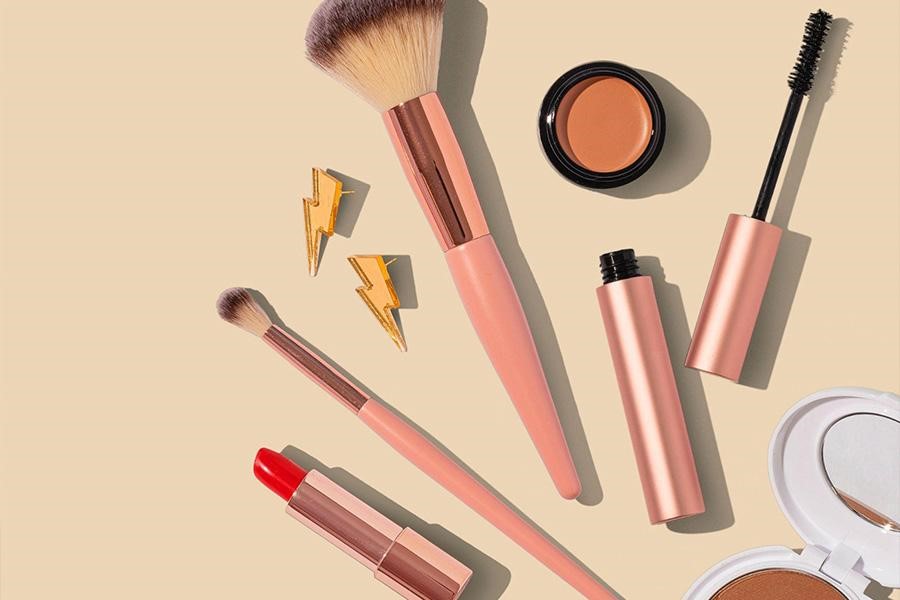
The Philippines is gradually recovering from economic turmoil, so consumers will be more cautious in their spending. Despite the ongoing crisis, beauty products are in high demand, with steady market growth. Affordability, discounts, functionality, and simple routines appeal most to this market.
The Philippines’ beauty industry was valued at US 5.62 billion in 2022 and is projected to grow at a 1.3% compound annual growth rate (CAGR) from 2022 to 2026. Millennials and Gen Z comprise the largest consumer group and are heavily influenced by social media trends and K-beauty. They are interested in hybrid beauty products that are easy to use and sustainable.
This article delves into the top beauty trends in the Philippines and highlights the top consumer priorities in terms of beauty.
The Philippines’ next-generation beauty trends
Championing modern values
Representation is now non-negotiable, and customers are seeking an all-inclusive makeup line. Vice Cosmetics is the market leader in this category, with vegan, PETA-certified, cruelty-free, and paraben-free products that align with Generation Z values.
Brands that take a strong community approach will see success, such as giving fans early access to new releases, sales alerts, and the chance to be featured on their official social media channels. Additionally, they should be open to the idea of collaborating with top influencers to reach all corners.
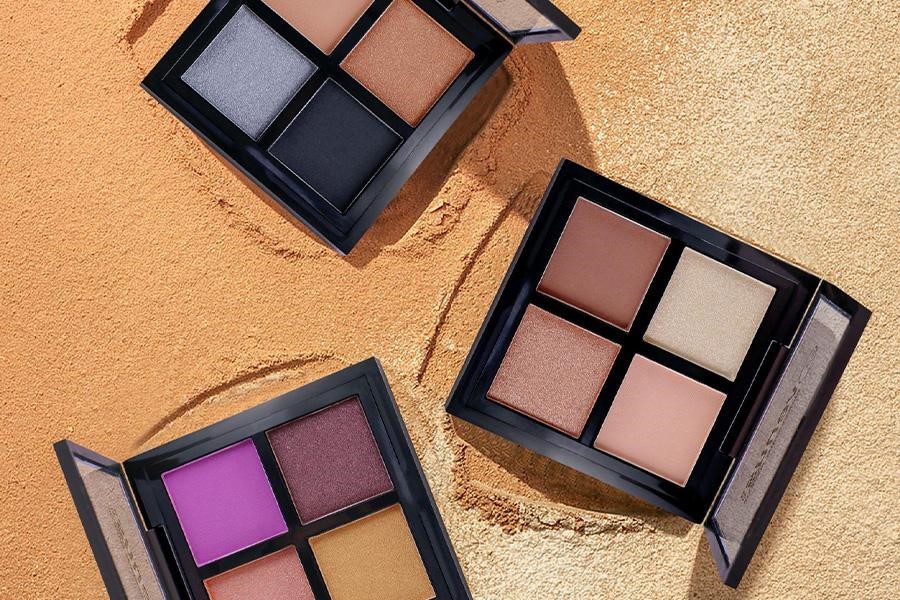
Brands can deviate from the traditional Pan-Asian standard and employ all-encompassing imagery. They can aslo accomplish this by including trans and cis models in their marketing campaigns. Brands can go even further by inviting people from all walks of life to share their stories, resulting in effective collaboration.
Skin-friendly solutions
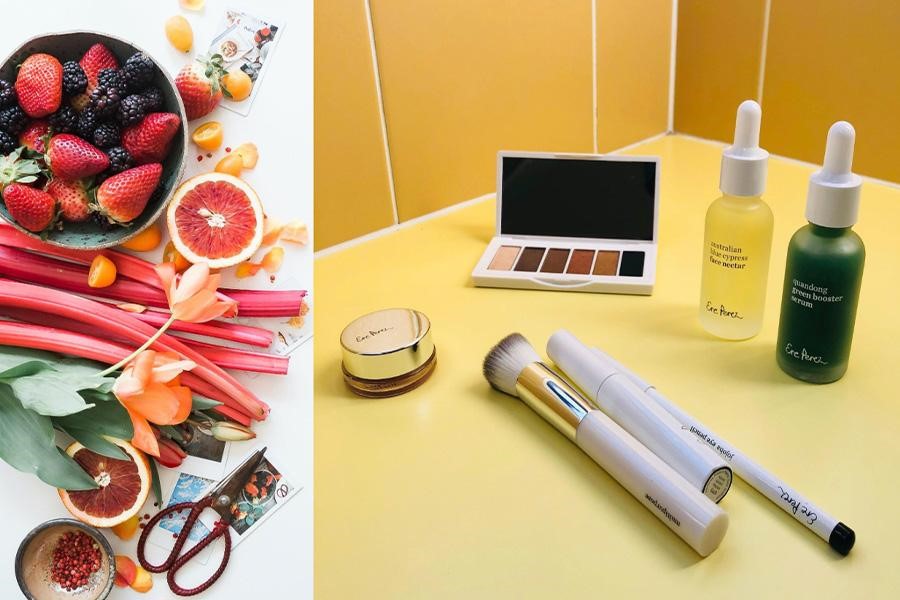
To meet the increasing demand for skin wellness, top brands are now offering cosmetics and beauty products that are biocompatible with all skin types. Its products contain nourishing active ingredients at skin-friendly pH levels to keep the skin healthy and strong. Almost all such products contain ceramide, cica, niacinamide, and hyaluronic acid, all known to fight bacteria and pollutants.
Another trend in the beauty space is the inclusion of cooling agents in different products to cater to people who live in hot, tropical climates. For example, Happy Skins’ Rescue Me Sun Mist contains SPF with cooling properties and is designed for easy reapplication. They went one step further by developing an ergonomic design that makes the spray portable and easy to use, attracting many customers.
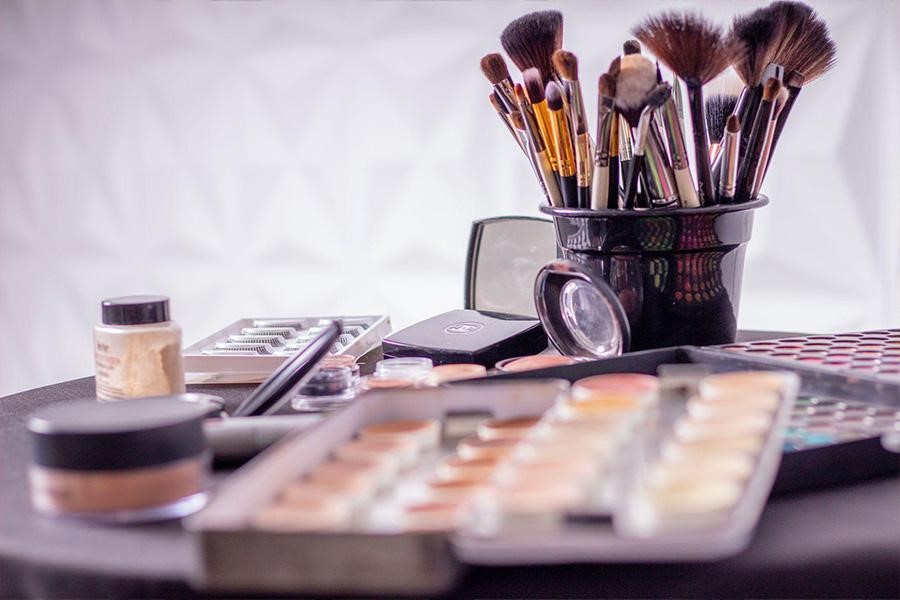
In order to provide clean, safe, and high-quality products, many leading brands outsource their manufacturing to Japan, and South Korea. This is because hygiene regulations and laws in these countries are more stringent than in the Philippines, which appeals to many consumers.
Companies can capitalize on this renewed interest in wellness by offering products with scientifically supported formulas and gentle ingredients that help the skin’s natural pH. Additionally, the products must be dermatologically tested and certified to be free of harmful chemicals.
Embracing local culture and diversity
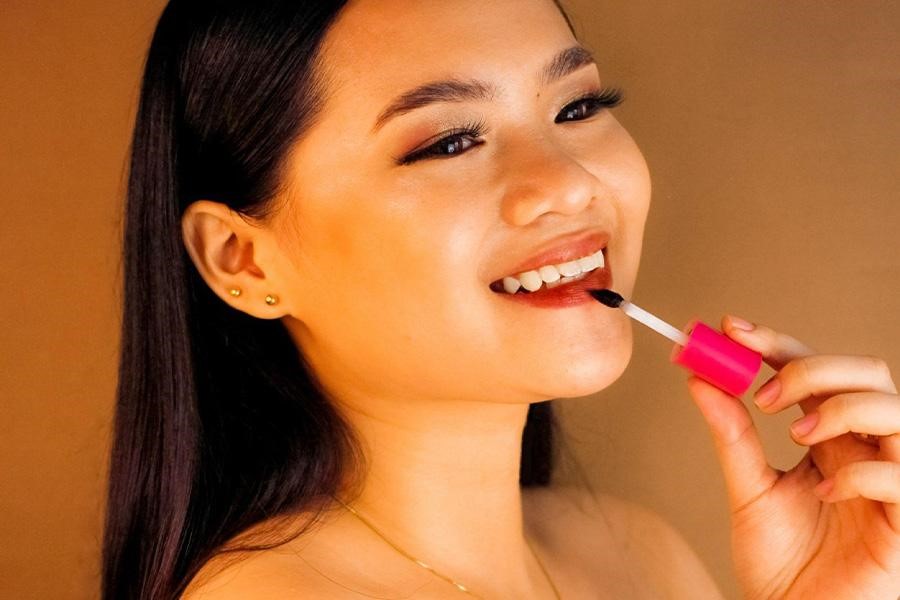
Filipinos are proud of their heritage, and brands that celebrate the diversity and culture of the Philippines are doing well in the market. These brands go above and beyond by developing formulations tailored to the skin tones of the locals, with inclusive packaging featuring dark-skinned individuals. Filipinta beauty, for instance, sells makeup pouches depicting two Filipinos with different skin tones side by side, hand painted by a local Filipino artist.
Many products from these brands frequently draw inspiration from food and other elements found on the streets of the Philippines. For instance, the eyeshadow palette from Filipinta Beauty is influenced by popular Filipino childhood treats like Ube cakes and banana ketchup. Furthermore, their lipglosses are packaged similarly to how items were traditionally sold in Filipino neighborhoods.
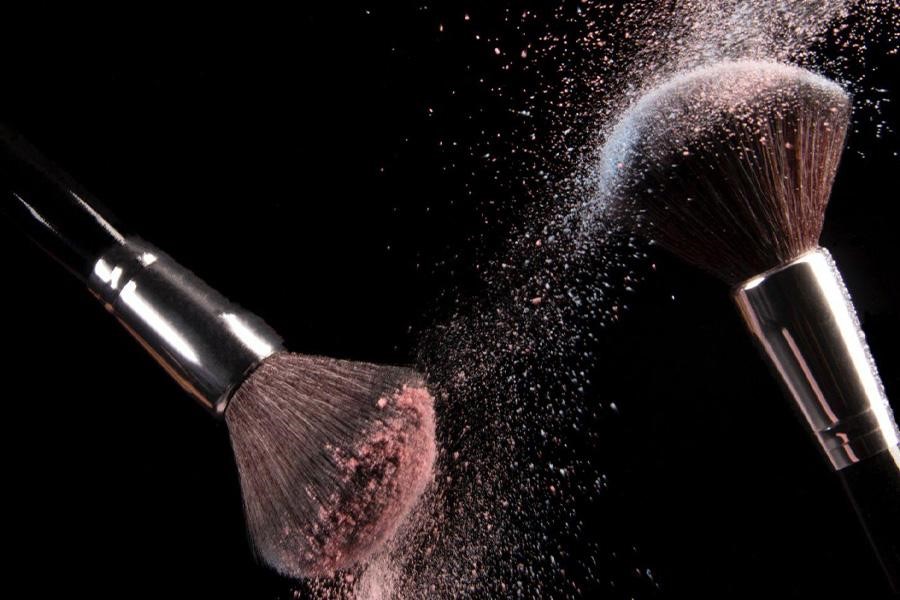
By employing models with darker skin tones and releasing comic strips that refute harmful beauty narratives, many brands are setting the bar for diversity. Their messaging frequently examines the negative aspects of colorism and the exaltation of skin-whitening products through powerful narratives.
Many local beauty brands are collaborating with Filipino-owned businesses in the US to increase their customer base. For instance, a well-known cosmetics company teamed up with the chocolate company Oodaalolly to produce lipstick with designs resembling the latters’ chocolate wrappers.
Planet-friendly solutions
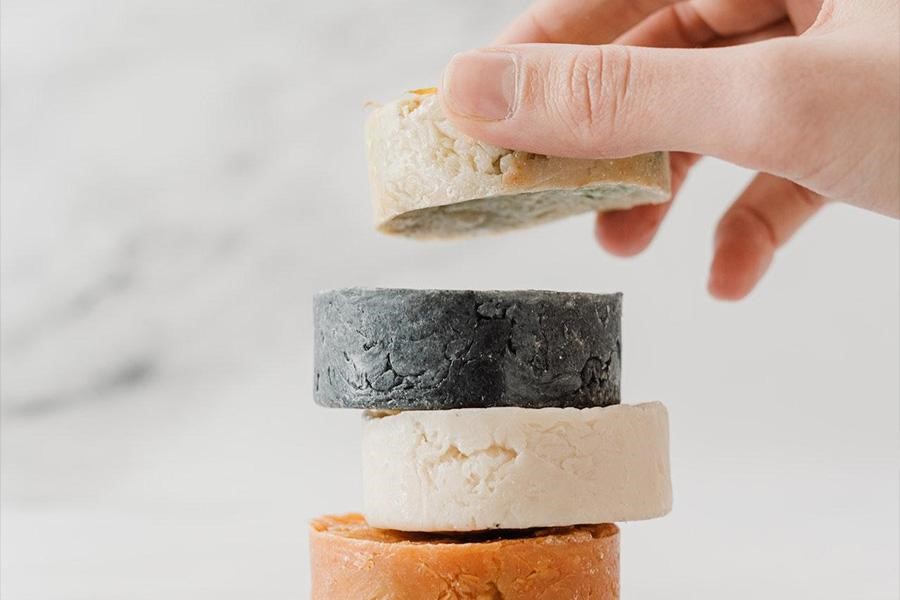
As customers become aware of the environmental challenges, more and more are looking for sustainable brands that offer creative solutions to reduce waste and encourage recycling. They are seeking vegan, cruelty-free, and affordable products with zero-waste packaging. A brand that stands out in this regard is Akkula because it takes its zero-waste approach seriously, allowing users to join the sustainable movement.
Sustainable brands are leaving a mark by providing multifunctional skin care lines made entirely of natural ingredients, with products infused with raspberry oil to soothe and nourish the skin. Vegan lip balms that use candelilla wax derived from plants rather than beeswax also benefit the cause.
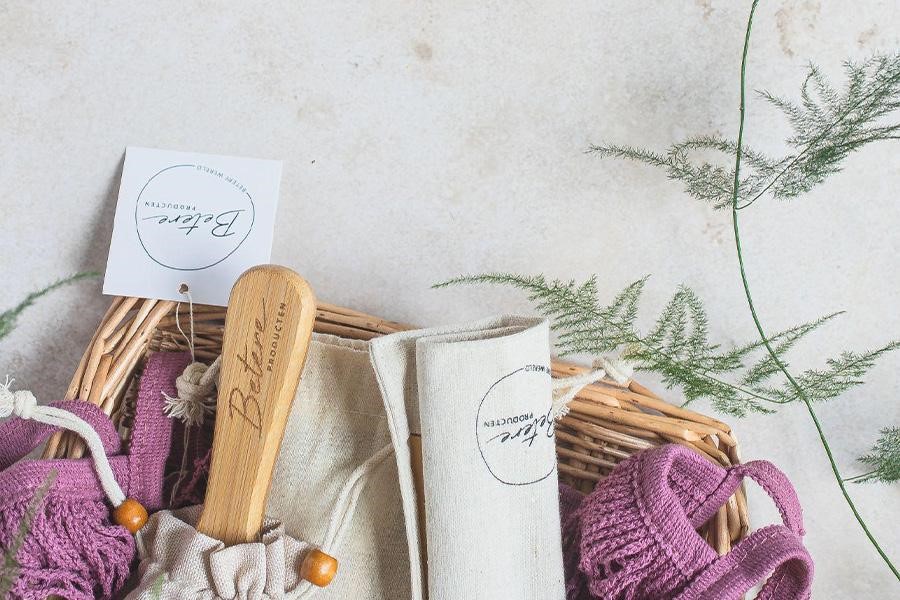
To reduce waste in landfills, top brands now offer products packaged in recycled paper that are entirely biodegradable. They also source their ingredients from regenerative farms and infuse their packaging with seeds that can be later planted in soil. Similarly, Akkula gets its coconut oil from local farms known for empowering local farmers through fair and ethical trade practices.
Celebrate intimacy and pleasure
Conversations about sex are still frowned upon in many conservative Asian countries, and many brands aim to change that. Brands like Jelly Time are on a mission to educate the community about several sensitive issues.
Many companies are offering water-based, hypoallergenic products after identifying a gap in the Philippine market for clean and natural lubricants. The leading brands provide products that are edible and non-toxic, have a pH of 7.
Furthermore, companies are improving lubricants by incorporating natural ingredients such as aloe vera to add moisture. They also offer a selection of products in discreet designs and packaging to the self-conscious shopper who lives with others.
Action points
Customers appreciate brands that allow them to participate in product design conversations and have first access to new releases and sales. Many people enjoy being part of a community, such as Facebook groups, where they can have exclusive benefits.
Affordability is a top priority for many consumers in the Philippines. Brands that cut unnecessary costs by selling miniatures of large sizes products and offering discounts will appeal to many shoppers.
Recycling systems in the Philippines are underdeveloped, and brands must take this into consideration. Repurposed materials and zero waste solutions are the best options for consumers looking for sustainability.
Patriotism is high, and brands that pay homage to Filipino culture are popular among locals and expats. Brands should incorporate reflective elements such as local art and food resembling the Philippines’ streets in the packaging.




